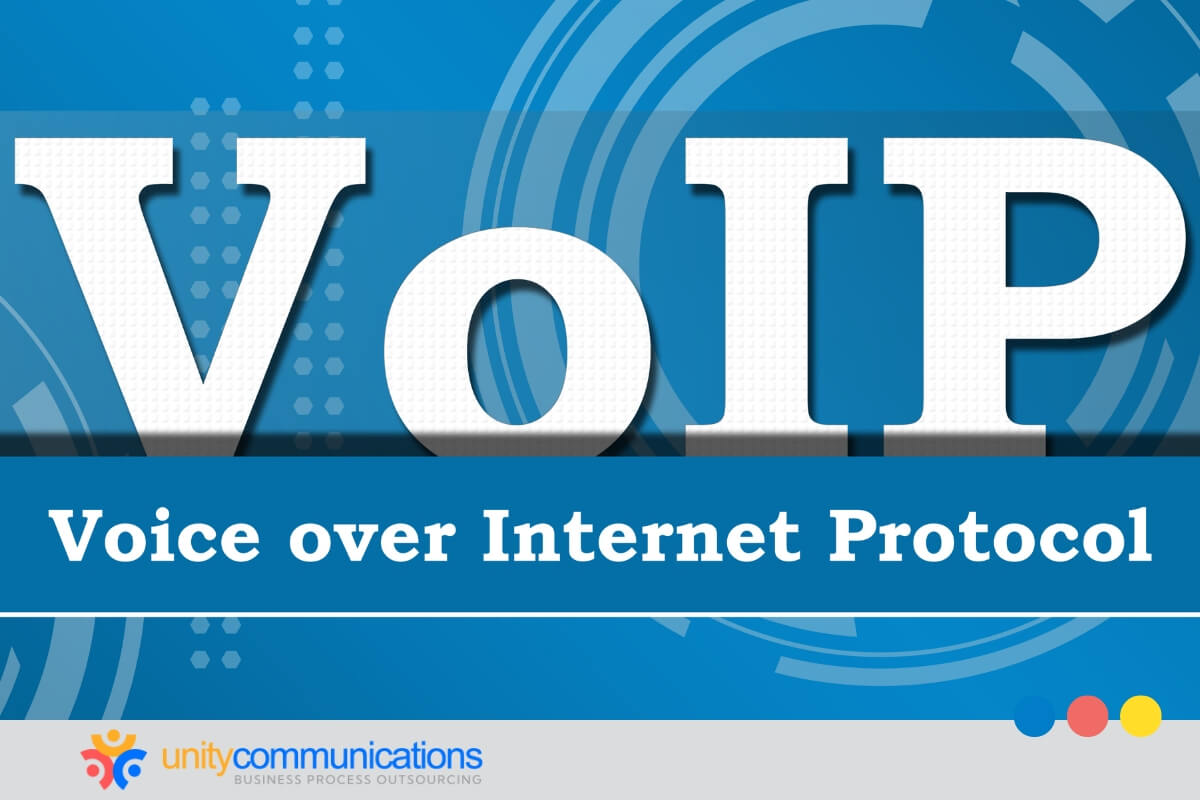Table of Contents
Virtual phone assistants have evolved significantly from the interactive voice response (IVR) systems of the past. What used to be basic voicemail boxes and rigid call trees are now intelligent platforms that streamline communication.
Today’s virtual phone agents handle smart call routing, branded greetings, call forwarding, voicemail transcription, customer relationship management (CRM) integrations, real-time analytics, and seamless live-agent handoffs—all while delivering human-like conversations.
This guide breaks down exactly how AI phone assistants work, what tasks they handle, and how they can boost your team’s efficiency and customer satisfaction.
What virtual phone assistants do: 8 essential tasks

A virtual phone assistant is a smart system designed to manage conversations and route calls. It uses advanced speech recognition, natural language processing (NLP), and text-to-speech technology to listen to callers, understand intent, and respond in a natural, human-like way. With these technologies, the interactions feel smooth and personal rather than robotic.
When a call comes in, the assistant converts spoken words into text, analyzes the meaning, and delivers the correct response. The system adapts in real time to answer common questions, book appointments, or transfer the call to the proper department. Because AI powers it, it can recognize different accents, handle follow-up questions, and maintain context throughout the conversation.
This technology functions as an AI answering service that manages calls efficiently even outside of business hours. The result is higher customer satisfaction, fewer missed opportunities, and a streamlined workflow that saves teams’ valuable time.
Let’s explore the specific tasks a virtual phone agent can handle for your business:
1. Smarter call handling and routing
More innovative call routing and multi-level IVR are foundational to what a virtual phone agent does well. AI phone assistants ensure that calls land exactly where they’re needed fast. These systems route calls by department, skill, or even dial-by-name. Beyond that, they understand urgency, context, and caller history to reduce friction. That means better first-call resolution, less customer frustration, and a more professional impression.
When someone calls in, the system presents options. Based on the choice, the assistant routes the call to the correct group or individual, including allowing specialized agents to handle specific types of issues, and dial-by-name enables callers to directly reach a known employee or department without being redirected to billing.
Multi-level IVR can incorporate skill-based routing, allowing specialized virtual phone assistants to handle specific types of issues. Dial-by-name enables callers to directly reach a known employee or department without being transferred.
The results are exciting. Next-generation interactive voice response (IVR) systems, utilizing conversational AI and intelligent interaction design, have resulted in more than a fivefold improvement in customer satisfaction scores, faster issue resolution, and a reduction in live-agent call volume of over 10%.
2. Business hours, after-hours, and holiday scheduling made easy
One of the most practical tasks a virtual phone assistant can undertake is automatically managing business hours. Instead of manually forwarding phones at closing time, you can set rules that switch between business hours, after-hours, and even holiday schedules down to the time zone.
This ensures that callers always receive the correct response, whether your office is open, closed, or operating with limited staff. Reports indicate that 38% of customers cease doing business with a company after a poor phone experience, often resulting from unanswered calls outside standard business hours.
An AI phone agent prevents unanswered calls outside business hours by routing urgent calls to an on-call agent, playing custom greetings after hours, or directing callers to leave a voicemail that’s instantly transcribed and emailed. You can even set holiday rules in advance, so your customers always feel informed and supported.
3. Professional greetings and multilingual branding options
First impressions matter, and the way you answer the phone sets the tone for the entire customer experience. A virtual phone agent allows you to create professional greetings and branded prompts that reflect your company’s identity. These can be prerecorded in your own voice, produced with a professional voice actor, or generated instantly with text-to-speech.
If you serve diverse communities, you must be multilingual to make callers feel welcome and understood. Instead of confusing or inconsistent messaging, callers hear a polished and inclusive experience every time. An AI virtual receptionist for small businesses shines in this task because it makes a lean operation sound as professional and customer-centric as a large one.
Callers form opinions about your business within the first few seconds of a call, and clear, well-crafted greetings significantly reduce hang-ups and boost trust. AI call assistants transform routine greetings into opportunities that strengthen customer relationships by combining professionalism with personalization.
4. Extensions, ring groups, and queue management for teams
A virtual phone assistant also organizes calls. With extensions, each of your employees can have a unique number, making it easy for customers or coworkers to reach them directly without having to go through a main operator. It helps even small teams appear structured and professional and keeps communication efficient.
Ring groups offer flexibility in call distribution. For example, sales calls might ring all members of the sales team simultaneously, while support calls can be routed one by one until someone answers. Ring groups ensure that calls are responded to quickly while giving you control over how the workload is shared.
When call volumes are high, queue management keeps customers informed and reduces frustration. Callers can hear hold music, branded announcements, or updates, including estimated wait times.
If a wait is longer than expected, you can trigger rules that send the caller to voicemail, initiate a callback request, or escalate the call to another department. Advanced queue behaviors also help prioritize VIP customers or urgent issues, ensuring high-value calls never get stuck waiting.
5. Flexible callforwarding and transfers on any device
When the business gets busy or plans change, you need calls to go where your staff are and not be held up because someone is in a meeting, out of the office, or traveling. An AI phone agent provides call forwarding and transfers to keep you responsive and organized.
You can set rules for when and where calls are forwarded. For example, unconditional forwarding sends all calls to another number. Conditional forwarding kicks in if the main line is busy, unanswered, or unreachable. Failover forwarding ensures that if all standard forwarding destinations are unavailable, a backup destination is available, such as an on-call agent or secondary office.
Transfers offer more granular control. Warm transfers allow the person taking over the call to hear what has happened so far, while blind transfers send the call onward without providing any briefing.
Reports show that 77% of small business owners use call forwarding. One of the most common reasons cited is avoiding missed calls (86%), which is vital for maintaining customer trust and capturing leads.
6. Voicemail transcription and instant notifications
The clock starts ticking when callers leave voicemails. Traditionally, voicemail means hunting through audio files, playing back messages, rewinding, and often missing something important. However, transcription and instant alerts give you the message in text the moment it comes in, and you can act faster and smarter.
It works because the AI agent converts voicemail audio into text using speech-to-text (STT). It then sends the transcription along with the recording through instant notifications. You can skim or search messages, see caller info, grab context, and assign follow-ups without ever dialing into your voicemail box.
Thanks to this feature, you can identify urgent calls immediately and respond promptly. Written transcripts are also easier to forward or assign messages to the right person. The system also helps with record-keeping, audits, compliance, and training.
7. Seamless integrations with VoIP, CRM, and help desk tools
A virtual phone assistant is even more powerful because it connects with the tools you already have. It can integrate with voice over internet protocol (VoIP) or PBX systems, CRMs, calendars, and help desk platforms to link communication with customer data and workflows. That means fewer manual tasks and fewer errors for your team, and a smoother customer experience.
When a call comes in, the assistant can display the caller’s history in your CRM, log the interaction automatically, and even trigger a ticket in your help desk system if support is needed. Integration with calendars ensures that appointment scheduling and call-backs happen without double-booking or missed follow-ups.
Your virtual customer service agent isn’t a standalone system. It’s a hub that connects people, processes, and platforms.
8. Live-agent handoff and hybrid receptionist support
AI can’t replace the empathy, judgment, and problem-solving skills of a human being. That’s why live-agent handoff is such a crucial feature.
When a caller has a complex issue or a high-value concern and needs to speak with a live agent, the system can seamlessly transfer them without losing context. The caller doesn’t have to repeat their story, and the handoff feels smooth and professional.
This model embodies what hybrid receptionist support is all about, where automation and human expertise work hand in hand. Many business process outsourcing (BPO) providers have already embraced this approach. They integrate AI agents to route, capture data, and handle basic Q&A while human representatives manage exceptions, build rapport, and resolve nuanced issues.
When you understand how outsourcing works, you don’t have to choose between AI efficiency and human care because with hybrid BPO, you get both. A virtual phone agent manages the bulk of routine interactions, while trained professionals step in at the right moments.
The bottom line

Virtual phone assistants combine intelligent call routing, voicemail transcription, seamless integrations, and human-like conversation—all available 24/7 with consistent professionalism.
The result is a win-win: callers enjoy faster resolutions and smoother experiences, while your business reduces costs, minimizes interruptions, and never misses important opportunities.
To maximize the benefits of this technology, partner with a hybrid BPO provider that utilizes AI agents for routine calls while human representatives handle complex or high-value conversations.
Ready to see what an AI phone agent can do for your business? Let’s connect.




